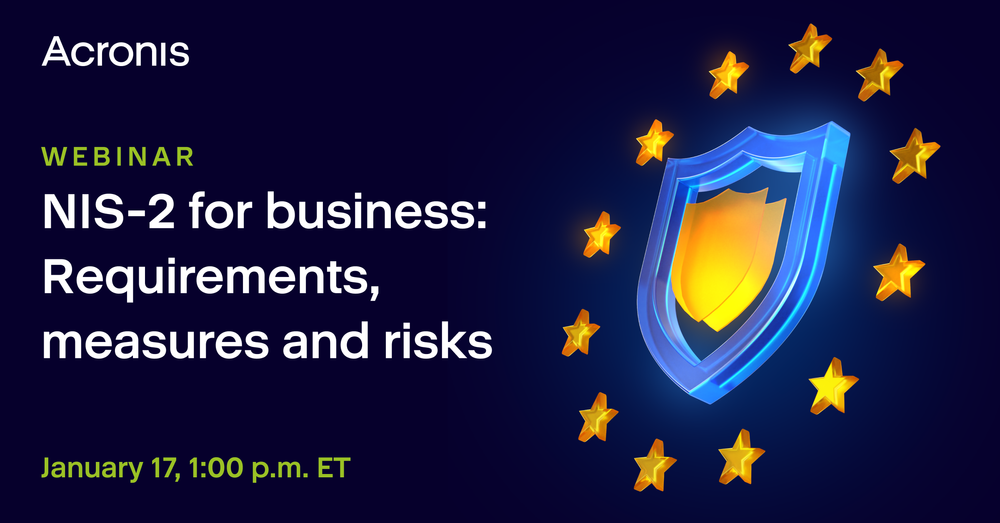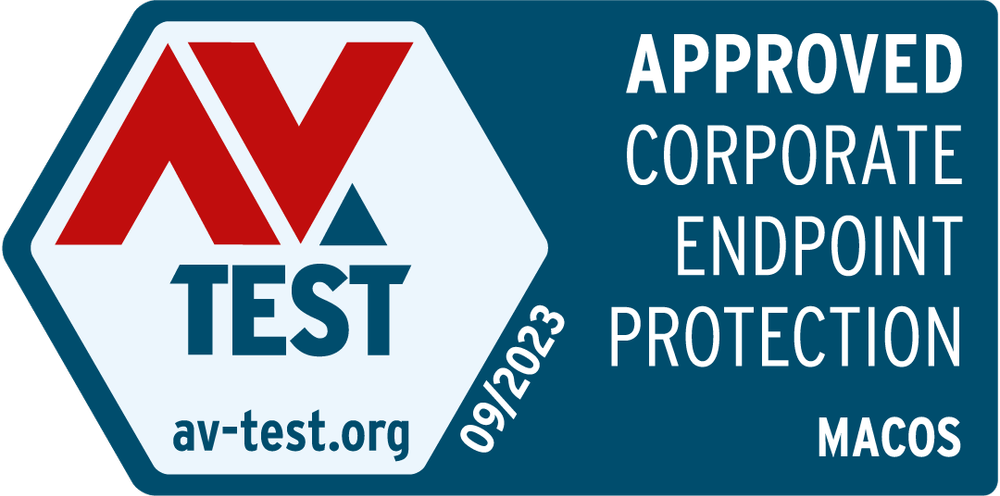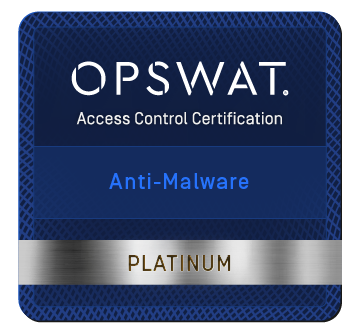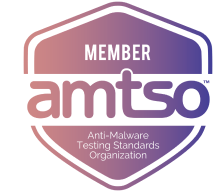You are on United States website. Change region to view location-specific content:
Global
English
Select another region
Choose region and language
- Americas
- Asia-Pacific
- Europe, Middle East and Africa
- Worldwide

Acronis Cyber Protect helps thousands of EU businesses build the cyber resilience they need to address NIS 2 compliance by unifying their cybersecurity, data protection, and endpoint management capabilities.
Acronis solution addresses it with:
• Security configuration management
• Patch management
• Device control
• AI- and ML-based behavioral
• Exploit prevention
• Anti-malware and anti-ransomware
• Email security
Acronis solution addresses it with:
• Rapid incident prioritization
• Incident analysis
• Workload remediation with isolation
• Forensic backups
• Remote access for investigation
• Rapid rollback of attacks
• One-click recovery
• Self-recovery
• Backup integration
• Disaster recovery integration
Acronis solution addresses it with:
• Software and hardware inventory
• Unprotected endpoint discovery
• Content discovery
• Data classification
• Vulnerability assessments
Acronis solution addresses it with:
• Centralized policy management
• Role-based management
• Information-rich, centralized dashboard
• Schedulable reporting
Acronis solution addresses it with:
• Highly secure Acronis data centers with support for EU data sovereignty requirements
Acronis solution addresses it with:
• Provisioning via a single agent and management console for fast cybersecurity staff onboarding and efficient ongoing operations
Acronis solution addresses it with:
• Encryption of backup archives and disaster recovery application and data replicas in transit and at rest in secure Acronis data centers
Acronis solution addresses it with:
• URL filtering

See how Acronis can help your business achieve NIS 2 compliance with comprehensive cybersecurity, secure backup and recovery, and remote endpoint management in a single, integrated platform.













Looking for help?
Sorry, your browser is not supported.
It seems that our new website is incompatible with your current browser's version. Don’t worry, this is easily fixed! To view our complete website, simply update your browser now or continue anyway.